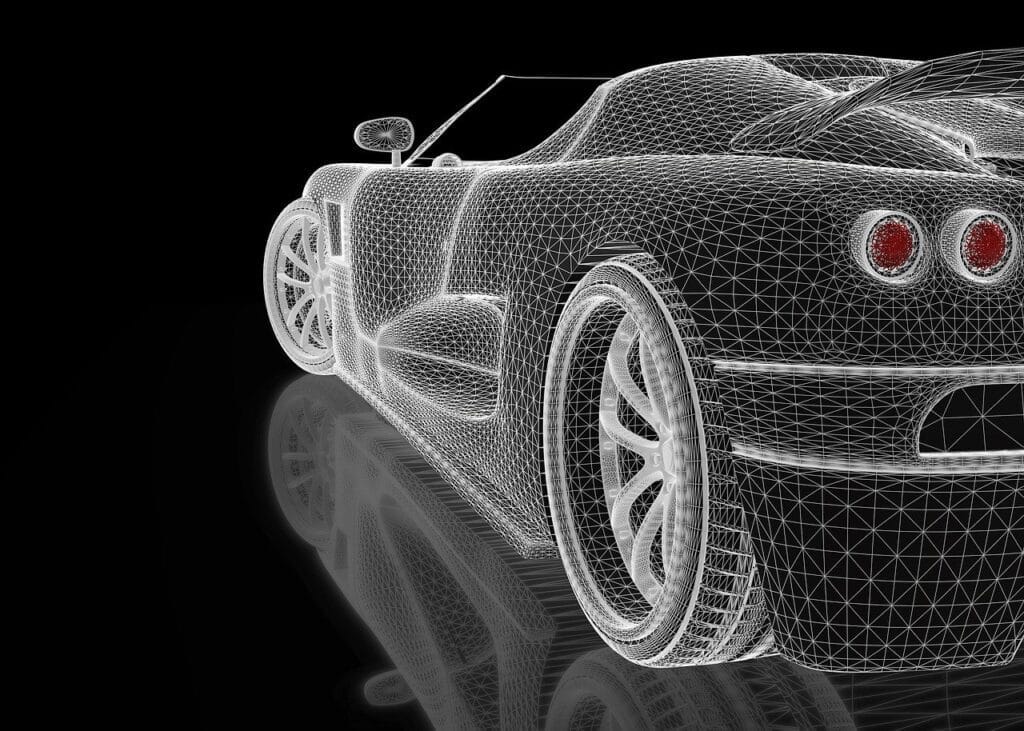Vehicle design driving better economy for motorists. The cost of living crisis is making people more conscious of how they’re spending their hard-earned cash. According to the Office for National Statistics, average pay in the UK has fallen after taking inflation into account.
Plus “the price of consumer goods and services rose at the fastest rate in four decades in the year to October 2022. The annual inflation rate rose to 7.9% in the 12 months to May 2023, up from 7.8% in April 2023.”
While cutting down on general expenses is a common solution, many costs such as running and maintaining a car are unavoidable. Luckily, many modern cars are being designed with cost-saving in mind, from the materials they use to their smart features.
This not only helps to cut running costs but supports the government’s initiative to transition to zero-emission cars by 2035. So what exactly are manufacturers doing to make their cars more efficient?
Lightweight materials
It’s no secret that the weight of a car impacts the amount of fuel it consumes. This is because heavier cars need more power to get them going, which requires more fuel. And the more fuel a car uses, the more expensive it is to run, and the more emissions it causes.
This is why many manufacturers are putting time and money into designing lighter-weight cars. Materials such as “aluminium can make a vehicle 40% lighter in comparison to using steel” according to Grainger and Worrall, with Tesla among the biggest user of the metal.
Other materials that are increasingly being used in the automotive industry include fibreglass, carbon fibre, and titanium, due to their lightweight nature.
Hybrid and electric models
Hybrid and electric models can potentially save road users a huge amount in running costs over the course of a year. Typically, hybrid vehicles consume less fuel per mile than petrol or diesel cars – making them cheaper to run and more environmentally friendly.
Electric cars are even more cost-effective as they use no fuel at all and can be charged at home using an outdoor socket.
Another benefit of hybrid and electric vehicles is the tax savings. As they produce less emissions, there are tax advantages to be had – with electric vehicles being exempt from paying road tax currently.
There are many plug-in hybrids of popular classics like used Peugeots on the market today that offer innovative design and powerful performance.
Start-stop systems
Another way that modern cars cut fuel consumption is through technology such as start-stop systems. They detect when your vehicle stops and automatically cut the engine, which saves fuel and reduces emissions. The start-stop system then starts the engine up again when you press down on the accelerator.
While it may not be a huge amount, start-stop technology lowers fuel consumption, ultimately reducing running costs for drivers.
There are many ways that manufacturers are designing more cost-friendly cars, from the use of lightweight materials to their engines and smart technology. Not only will this benefit drivers’ wallets, but help to create more environmentally friendly transport for the future.
Hope you’ve found our article, Vehicle design driving better economy for motorists useful.
Thank you for taking the time to read my post. If you’d like to add a comment or thought on this post, please use the comments section below. I can also be contacted via the online contact form. Keep up to date with the latest news on social media.

